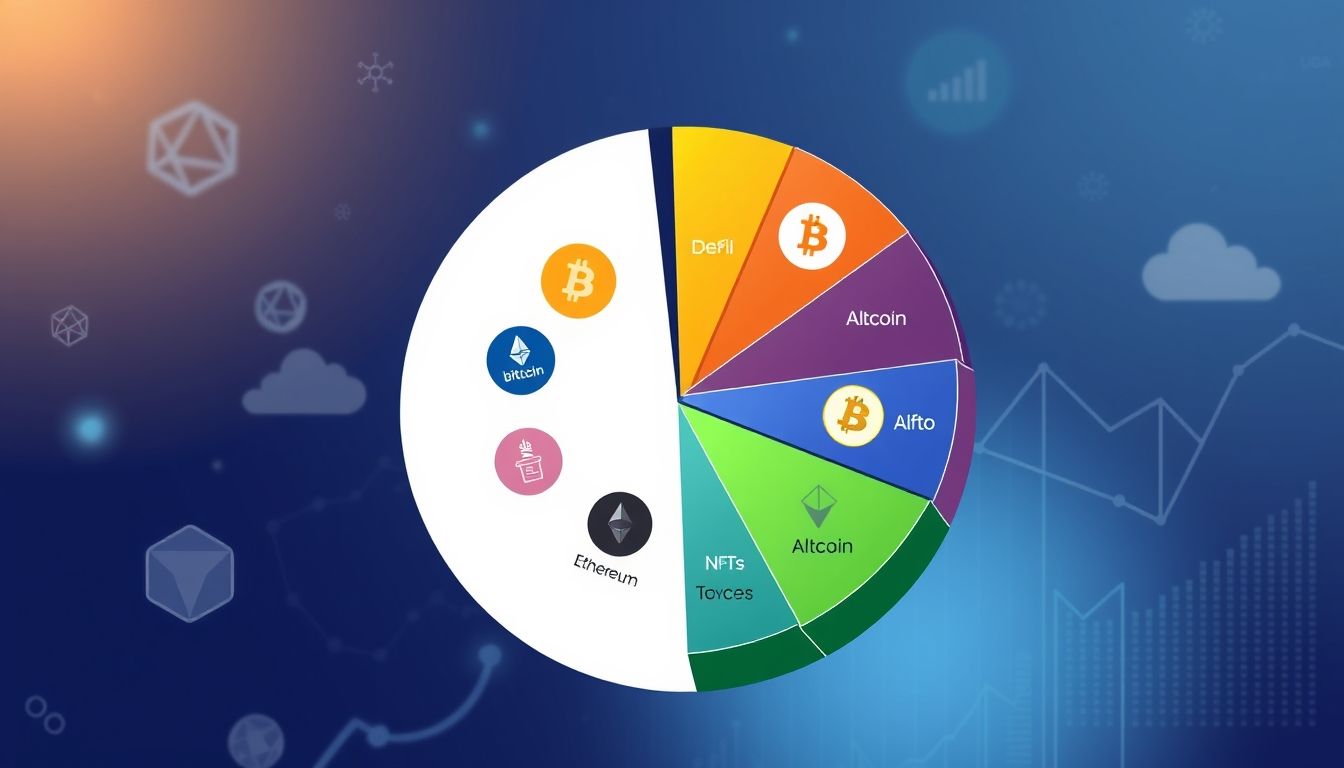Introduction: Redefining Investment in a Changing World
The world is experiencing rapid economic transformations, prompting investors to seek alternatives to traditional investments that may not keep pace with these changes. Cryptocurrencies, especially Bitcoin, and digital gold are emerging as promising options, but are they truly safe havens in the face of economic volatility?
Chapter 1: Cryptocurrencies: A Revolution in the World of Finance
What are Cryptocurrencies?
Cryptocurrencies are digital or virtual assets that rely on cryptography to secure transactions and control the creation of new units. Bitcoin is the first and most famous cryptocurrency, but there are thousands of other cryptocurrencies, each with unique characteristics and features.
Pros and Cons of Investing in Cryptocurrencies
- Pros:
- Potential for high returns (but with high risks).
- Decentralization: Not controlled by governments or financial institutions.
- Transparency: All transactions are recorded on a public blockchain.
- Accessibility: Anyone anywhere in the world can invest in cryptocurrencies.
- Cons:
- Extreme volatility: Cryptocurrency prices can change dramatically in a short period of time.
- Security risks: Vulnerable to hacking and theft.
- Regulatory uncertainty: Laws and regulations related to cryptocurrencies are still under development in many countries.
- Difficulty in prediction: It is difficult to predict the future performance of cryptocurrencies.
Chapter 2: Digital Gold: A Safe Alternative to Traditional Gold?
What is Digital Gold?
Digital gold is a digital representation of real gold, often backed by reserves of physical gold stored in secure vaults. Digital gold aims to combine the advantages of traditional gold (as a store of value) with the ease of use of cryptocurrencies.
How Does Digital Gold Work?
Digital gold is typically issued by specialized companies that store equivalent amounts of physical gold. Investors can buy, sell, and trade digital gold easily online, knowing that each unit of digital gold is backed by a specific amount of real gold.
Pros and Cons of Investing in Digital Gold
- Pros:
- Safe haven: Gold is generally considered a safe haven in times of economic crisis.
- Ease of trading: Digital gold can be easily traded online.
- Diversification: Can be used to diversify an investment portfolio.
- Transparency: Gold-backed reserves are often audited to verify their authenticity.
- Cons:
- Storage fees: Companies may charge fees for storing physical gold.
- Counterparty risk: Reliance on the company issuing the digital gold.
- Volatility: Gold prices can fluctuate, although they are less volatile than cryptocurrencies.
- Regulatory uncertainty: The regulatory framework for digital gold is still under development.
Chapter 3: Comparison Between Cryptocurrencies and Digital Gold
The following table compares cryptocurrencies and digital gold in terms of risks and returns:
| Property | Cryptocurrencies | Digital Gold |
|---|---|---|
| Volatility | Very High | Moderate |
| Potential Return | Very High | Moderate |
| Risk | Very High | Moderate |
| Decentralization | High | Low to Medium (depends on the issuing company) |
| Transparency | High (thanks to blockchain) | Medium (depends on reserve auditing) |
Chapter 4: Investing in Cryptocurrencies and Digital Gold: Strategies and Tips
Setting Investment Goals
Before investing in either cryptocurrencies or digital gold, it is important to set your investment goals. Are you looking for rapid capital growth or a way to preserve the value of your money?
Risk Management
Both cryptocurrencies and digital gold carry risks. It is important to manage these risks by diversifying your investment portfolio, determining the amount of investment you can afford to lose, and conducting the necessary research before investing in any asset.
Research and Analysis
Before investing in any cryptocurrency or digital gold, it is important to conduct the necessary research. Understand the technology behind the asset, evaluate the team behind it, analyze the market, and follow the news and developments related to the asset.
Chapter 5: Diversification: The Key to Investment Success
Diversification is an essential strategy in investing. Do not put all your money in one asset. Distribute your investments across a variety of assets, including stocks, bonds, real estate, cryptocurrencies, and digital gold.
Chapter 6: Regulatory and Legal Risks
The regulatory and legal environment for cryptocurrencies and digital gold is still under development in many countries. It is important to be aware of local laws and regulations related to these assets before investing in them.
Chapter 7: Practical Examples from the Arab Market
In the Arab market, interest in cryptocurrencies and digital gold is growing. Many startups are working on developing innovative solutions in this area. For example, there are platforms that allow investors to buy and sell cryptocurrencies in local currencies, and there are companies that offer digital gold storage services in secure vaults.
Example: Ripple is developing payment solutions based on blockchain technology and is used in some banks and financial institutions in the Arab region to improve the efficiency of cross-border financial transfers.
Chapter 8: Practical Examples from the Global Market
In the global market, there are many successful examples of companies and institutions that use cryptocurrencies and digital gold. For example, PayPal allows its users to buy and sell cryptocurrencies, and there are exchange-traded funds (ETFs) that invest in Bitcoin and digital gold.
Example: Grayscale Bitcoin Trust is a large investment fund that invests in Bitcoin and allows institutional and individual investors to gain exposure to Bitcoin without having to buy and store Bitcoin themselves.
Chapter 9: The Future of Cryptocurrencies and Digital Gold
The future of cryptocurrencies and digital gold is uncertain, but it looks promising. As technology continues to evolve and interest in these assets increases, cryptocurrencies and digital gold are likely to play a larger role in the global financial system in the future.
Chapter 10: Practical Tips for Investors
- Start with small amounts: Do not invest more than you can afford to lose.
- Do your research and analysis: Understand the assets you are investing in.
- Diversify your investment portfolio: Do not put all your money in one asset.
- Be wary of scams: Avoid promises of unrealistic returns.
- Consult a financial advisor: Get professional advice before making any investment decisions.
Disclaimer: This article is for informational purposes only and does not constitute financial advice. You should consult with a qualified financial advisor before making any investment decisions.




